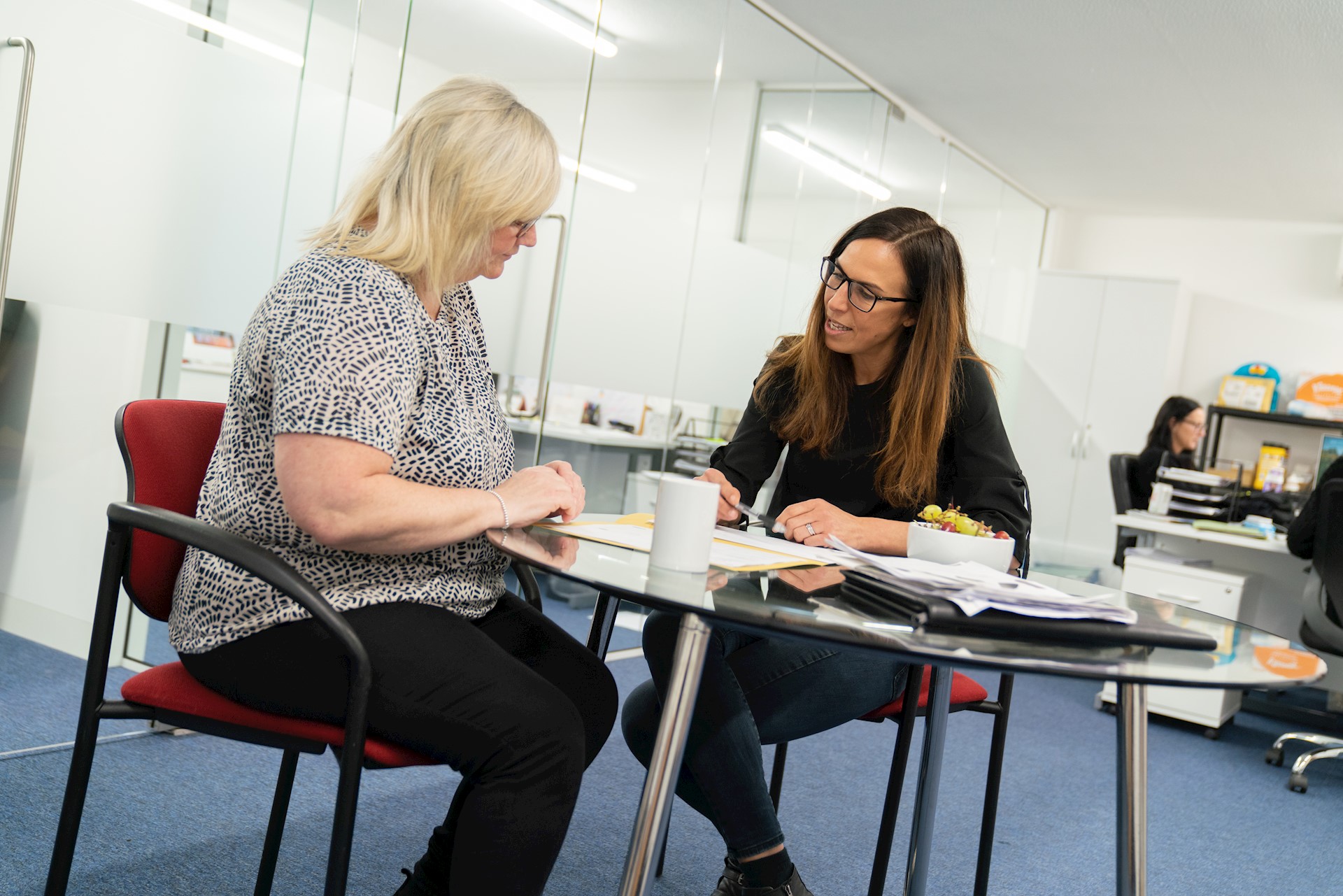VAT Basics
4 minute readAs a business, you are probably charged VAT on most of the goods and services you buy. That means charging your customers VAT, keeping VAT records and paying the VAT you’ve collected to HMRC. Here is an insight of VAT.


What is VAT?
VAT (value added tax) is a tax on most sales, services and imports.
Do I need to register my business for VAT?
You must register your business for VAT if your taxable turnover in the last 12 months exceeds the VAT registration threshold. The threshold tends to increase in April each year so to check the current rate click here.
If your business turnover is lower than the legal threshold for registration, you can choose to register your business voluntarily for VAT in order for you to be able to claim back the VAT on what you have paid for supplies and services.
Some goods and services, such as insurance and postage stamps are VAT-exempt. If your business sells only sells these then you cannot register for VAT.
How does VAT work?
If you have registered your business for VAT this means that you must charge VAT on the products and services that you sell. Your business is then also entitled to claim back the VAT that you have paid for business supplies and services known as input tax.
How much VAT should I charge?
There are currently three rates of VAT:
- The standard rate (20%). This covers most goods and services that are not exempt, zero- or reduced-rated.
- The reduced rate (5%). This is charged on domestic fuel, children’s car seats and mobility aids for older people.
- The zero rate (0%). This means that the goods are still VAT taxable and you will record them in your Vat return. Goods such as books, children’s clothing and goods exported to non-EU countries are zero-rated.
How do I register my business for VAT?
Most businesses can register online for VAT with HM Revenue and Customs by clicking here.
What happens when I submit a VAT return?
The amount of VAT that your business has paid when buying in goods and services is deducted from the amount VAT that you have charged to your customers and you are required to pay the difference to HMRC (or receive a refund). You will usually be required to submit your VAT return every quarter.

VAT Facts:
- You can only charge VAT on your goods or services if your business is registered for VAT.
- VAT is calculated on a rolling basis, so you’ll need to monitor your taxable turnover for a rolling 12 month period, not the financial year or calendar year.
- When deciding whether you should register your business voluntarily for VAT you should weigh up the time involved in collecting, calculating and paying VAT to HMRC and the possible financial benefit to the business. Registering voluntarily can help create the impression that your business is larger than it actually is.
- You don’t have to be a Limited Company in order to register for VAT.
- You must charge VAT on your goods and services from the day that you register with HM Revenue and Customs.
Got a business question?
We're here to help. Get in touch.
Book your free appointment below:

